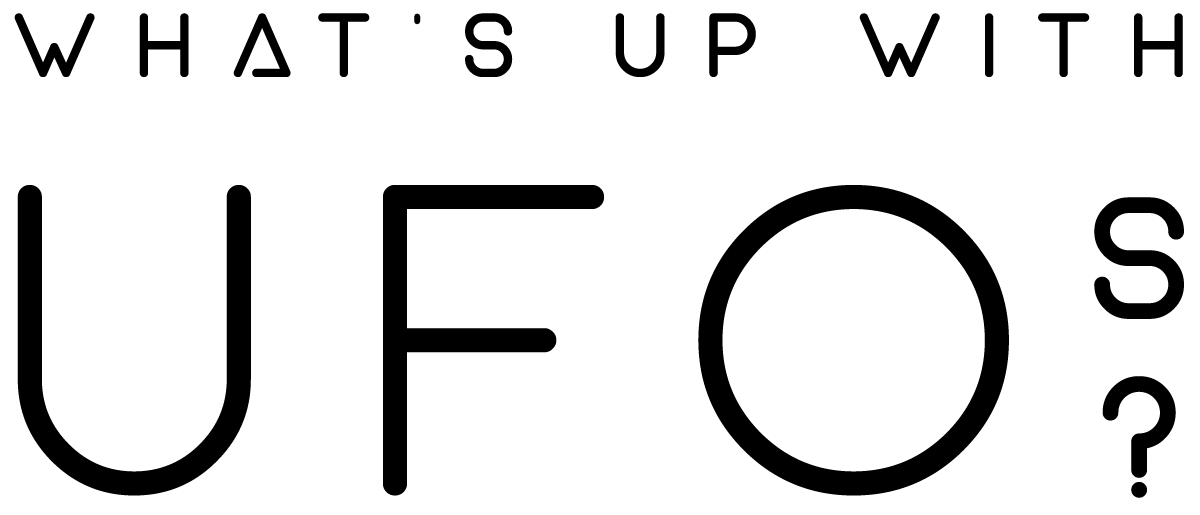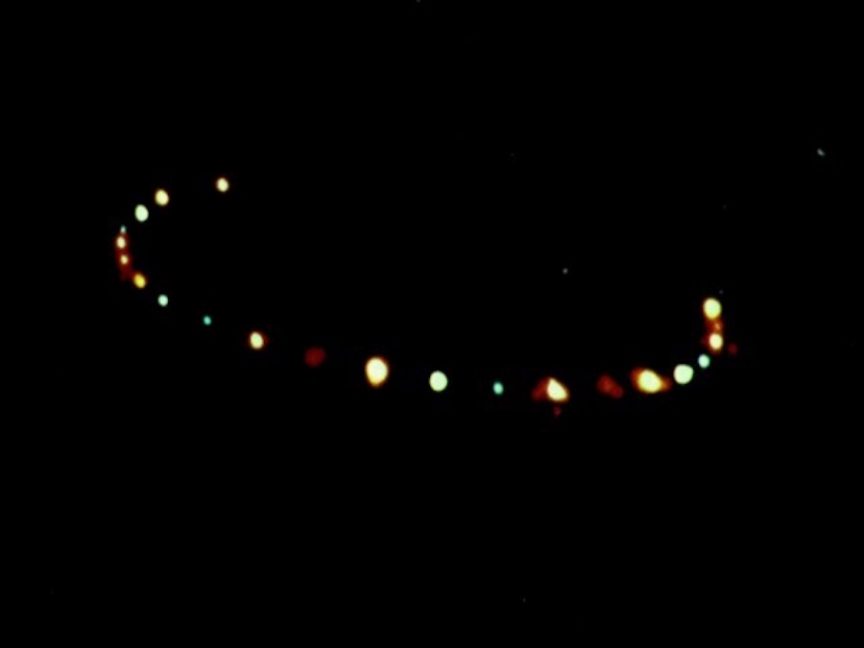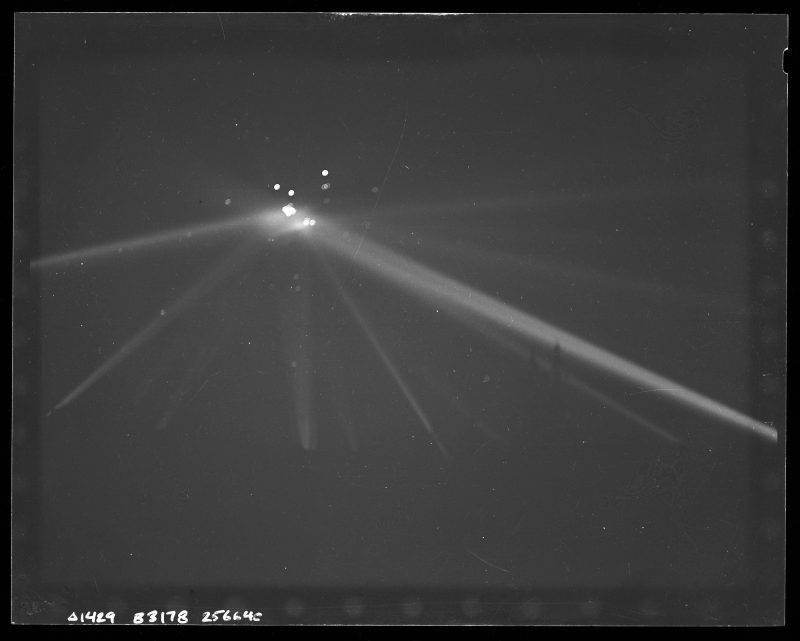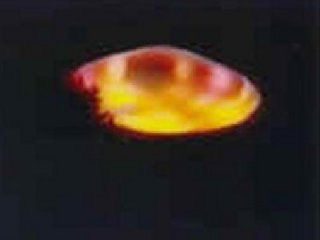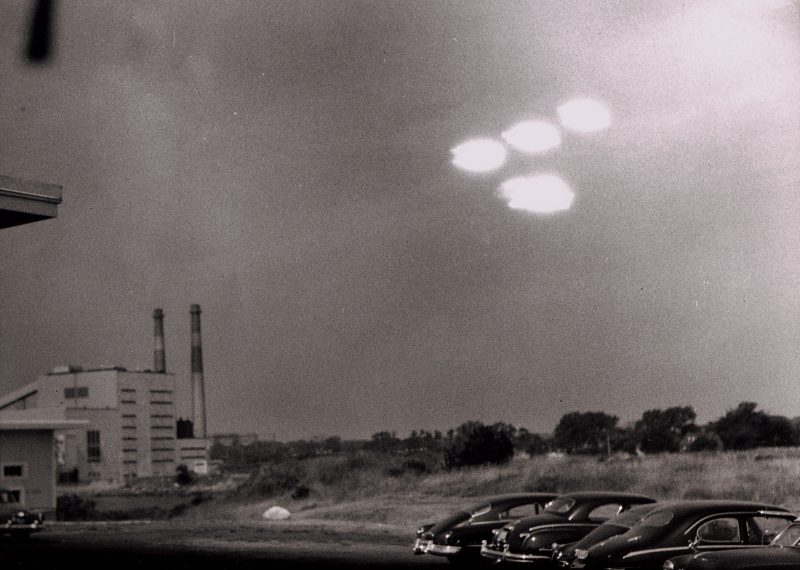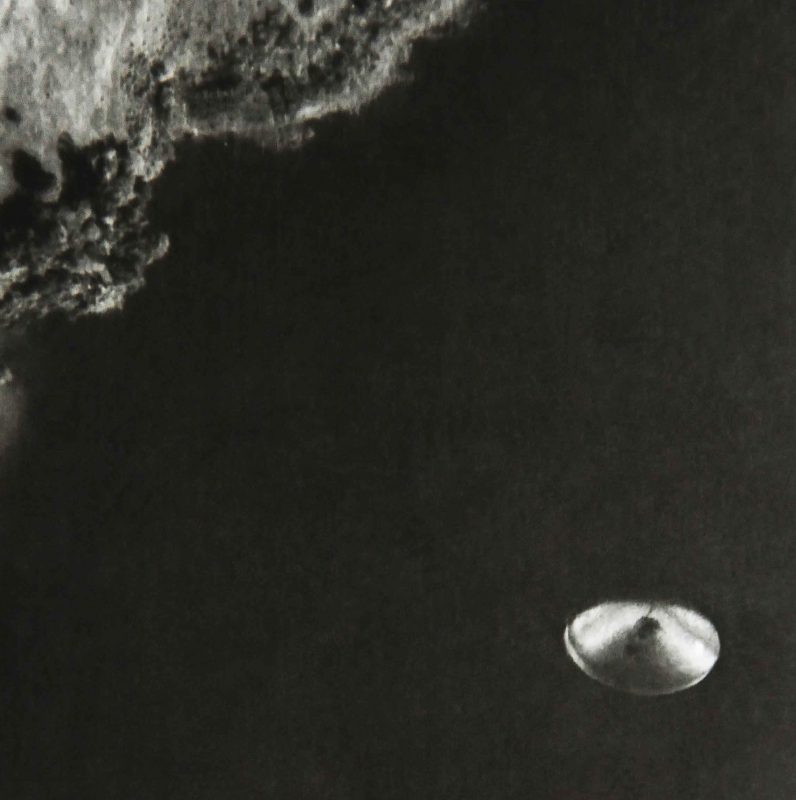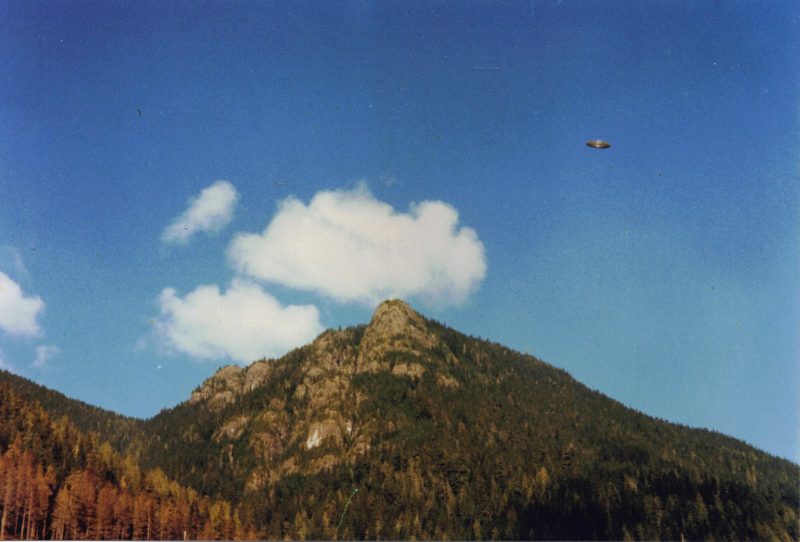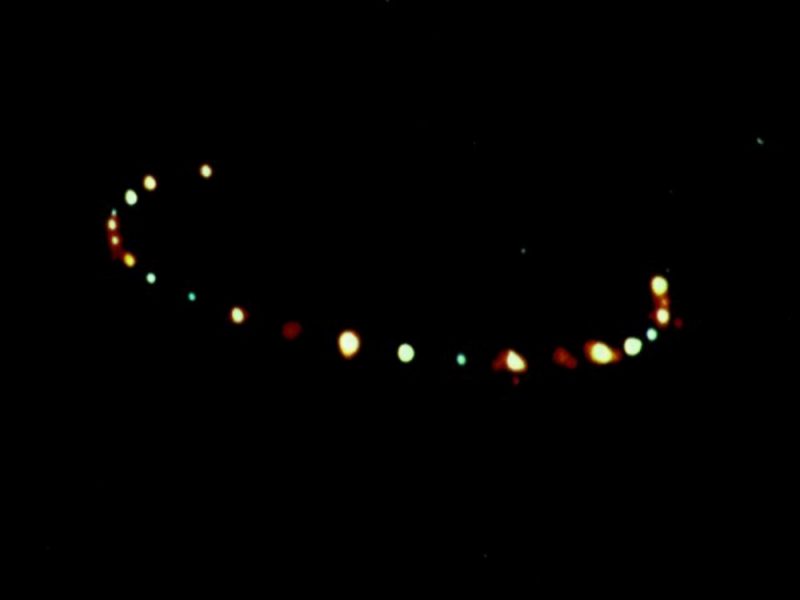4-minute reading time
Tom Curren & Sean Esbjörn-Hargens. (2020).
Despite grounds for reasonable skepticism, there is consistently strong evidence of extraordinary craft beyond even secret military capabilities. Here are 14 strong cases since the 1940s worth reviewing.
Approximately 90% of reported “unidentified flying objects” are found to have conventional explanations.
The four most common categories of terrestrial explanations for UFO are honest straightforward misidentifications of the following:
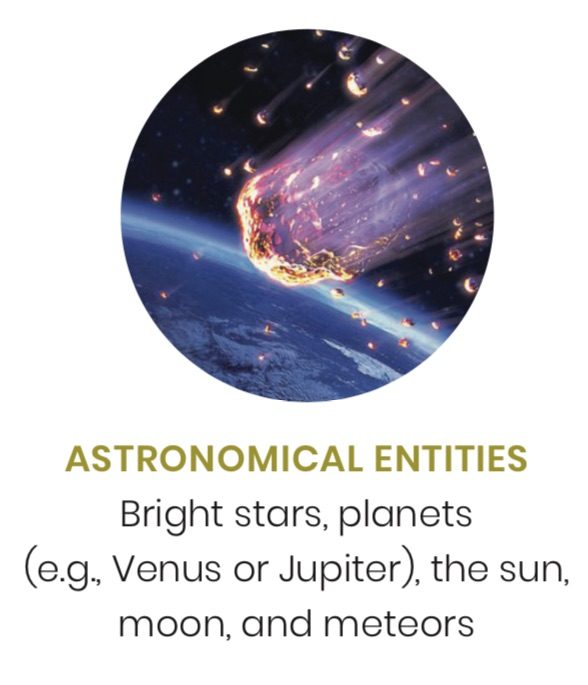
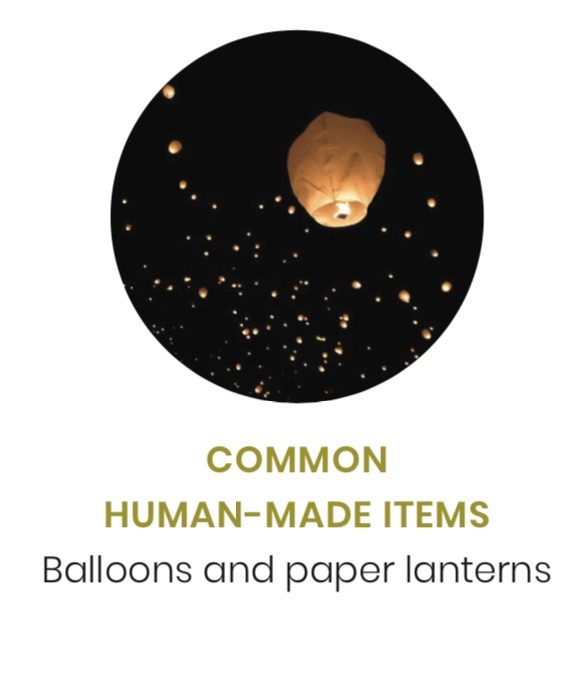
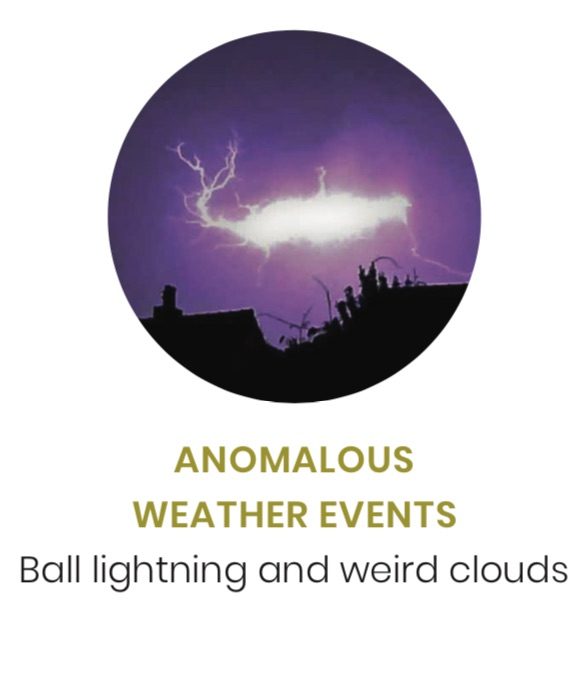
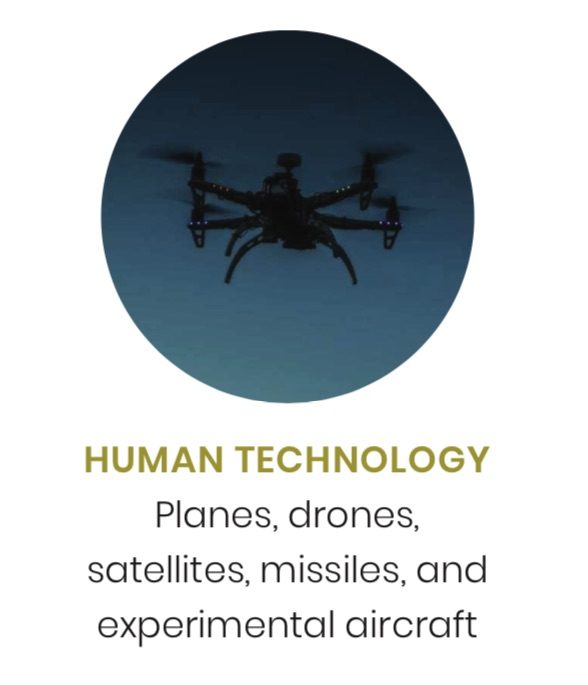
The other 10% are reliable reports which have no conventional explanations..

5 – 10% appears to be a conservative estimate when compared to various well-known reports over the years.
% OF RELIABLE REPORTS THAT REMAIN UNEXPLAINED
22% The Project Blue Book Special Report No. 14 (1955)
16% The National Investigations Committee on Aerial Phenomena (NICAP) (1964)
33% The Condon report found (1968)
30% Astronautics & Aeronautics (Thayer, 1971; McDonald, 1971)
25–28% The French government UFO
investigation department, 1977—2007 (New Scientist and Apf, 2007; Leicester, 2007; Bourdais, 2008)
9% Allen Hendry, the chief investigator for the Center for UFO Studies (Hendry, 1979)
13% COMETA Report (1999)
5–10% Richard Dolan, a well-respected historian of UFOs (2016)
8% (2017) and 5% (2018) Ufology Research reports
14 Cases that Meet Multiple Criteria for High Reliability and High Performance
In addition to these famous cases, there are legitimate photographs that so far have defied debunking. Here are eight of the most famous (potentially valid) UFO photos ever taken:
Terminology
Flying Saucers, UFOs, UAPs
Strange objects in the sky were first named “flying saucers” in the 1940s. They were so called by a US pilot, Kenneth Arnold, who stated in various newspaper and radio interviews that he’d seen saucer-like objects in the sky while he past Mount Rainier. The media quickly changed this to the snappier “flying saucer.” By the time Project Blue Book’s Edward Ruppelt and his USAF colleagues were investigating reports of these sightings in the 1950s, it was clear that ‘saucer’ was too limited a description, since the objects were of many different shapes: hence Ruppelt’s coining of “Unidentified Flying Object,” or ‘UFO’. In popular usage, the term UFO came to refer to alien spacecraft and because of public ridicule associated with the topic, some investigators prefer “unidentified aerial phenomenon” (UAP) or “anomalous phenomena.”
